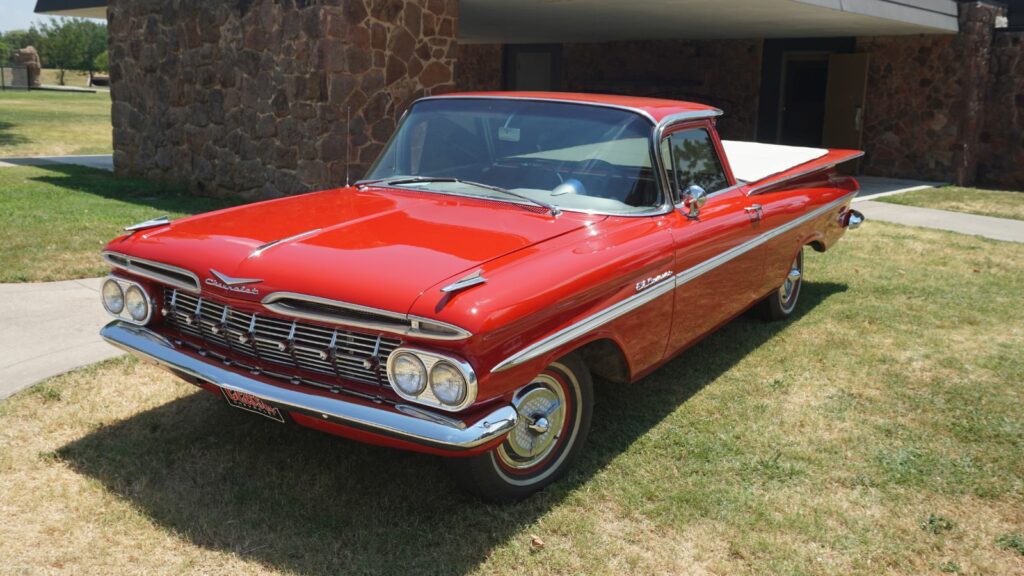For years, car fans across North America have been begging General Motors to bring back the El Camino. The legendary car-truck hybrid that blended the utility of a pickup with the style of a muscle car has achieved cult status since it left the market in 1987. It was cool, versatile, and utterly unique, yet GM has shown no signs of reviving it. So why hasn’t it returned in a world obsessed with nostalgia and special editions? The answer is a lot more complicated than just demand.
A Brief History of the El Camino
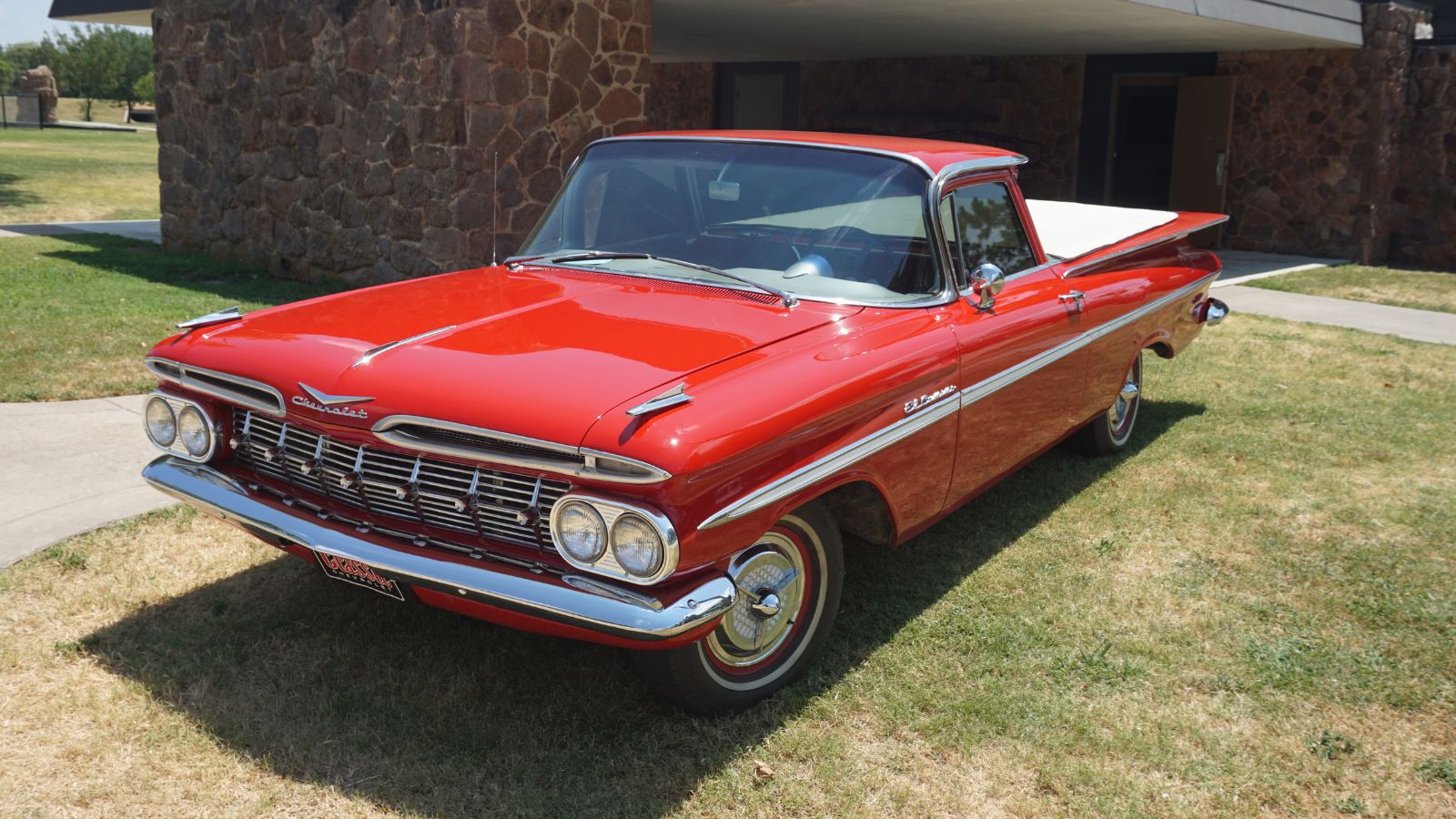
The El Camino was first introduced in 1959 as a direct answer to the Ford Ranchero, the original car-truck mashup that had debuted two years earlier. While the first version only lasted two years, GM brought it back in 1964, this time based on the Chevelle. That move changed everything. With muscle car power under the hood and a bed in the back, the El Camino became a legend of the street and the strip. Through the late 1960s and 1970s, you could order one with everything from small blocks to fire-breathing big block engines like the LS6 454, turning it into a muscle car that could also haul lumber. By the 1980s, however, changing tastes, rising insurance rates, and a shrinking market killed it off. GM quietly ended production in 1987.
Muscle Car Culture and the El Camino

The El Camino was more than just a quirky utility vehicle. In the golden age of American muscle, it was a sleeper weapon. Enthusiasts loved the idea of a car that looked like a work truck but could smoke tires against a Camaro or Mustang at a stoplight. It blurred the lines between work and play, becoming a cultural symbol in certain regions, especially in the American South and the West Coast custom scene. It also found popularity in drag racing, where its rear weight distribution made for serious traction. This dual personality—part muscle, part practical—cemented its place in muscle car lore.
Changing Market Demands
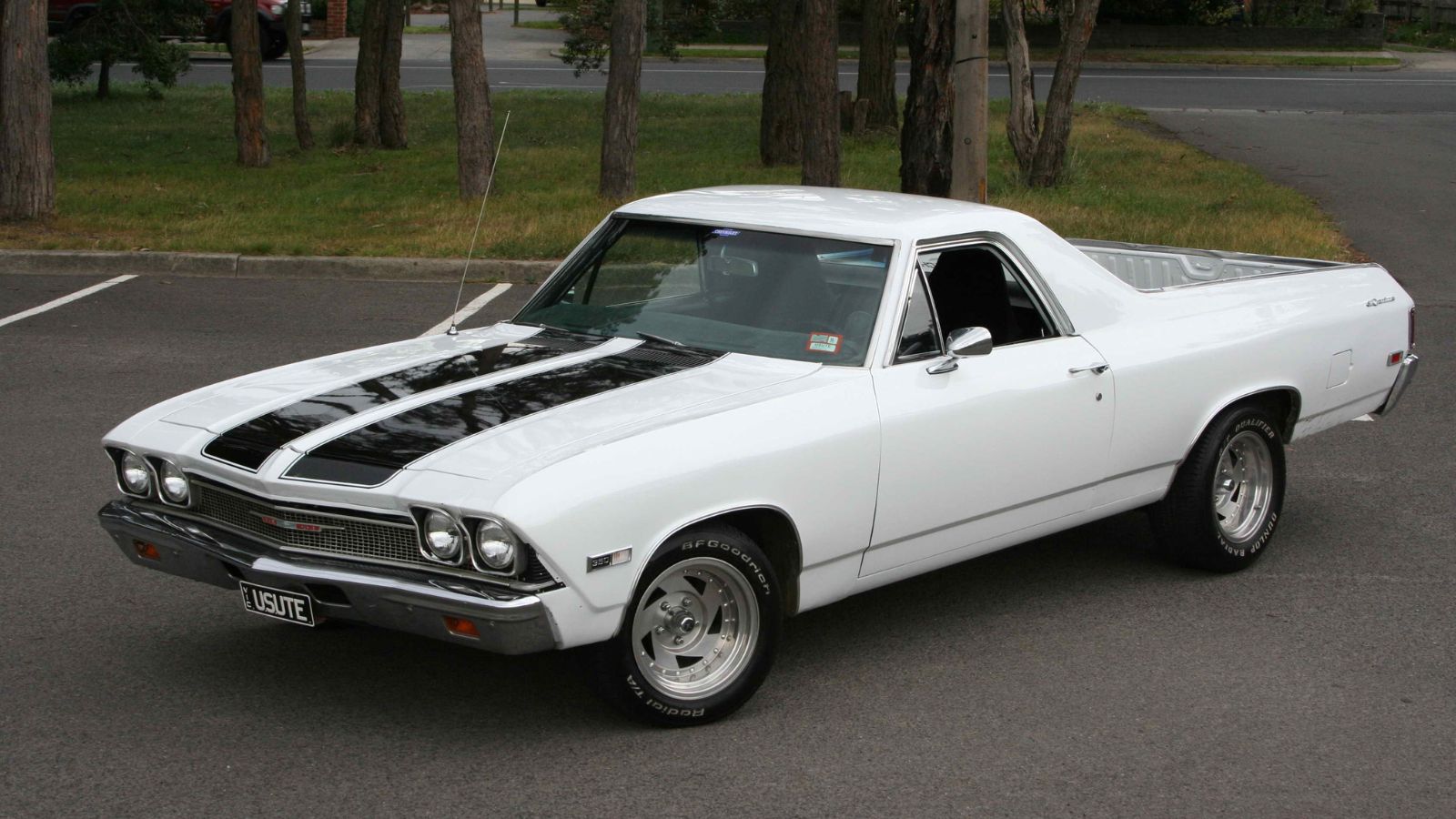
The car-truck hybrid made sense in the 1960s and 1970s when people wanted vehicles that could haul light loads but still look sharp pulling into a drive-in. Today, the market has shifted heavily toward SUVs and full-size trucks. Buyers who want utility go straight for the Silverado or the Colorado, while those who want style and speed lean toward muscle cars like the Camaro or the Corvette. There is little room in between, and that is exactly the ground the El Camino used to own.
Safety and Regulations
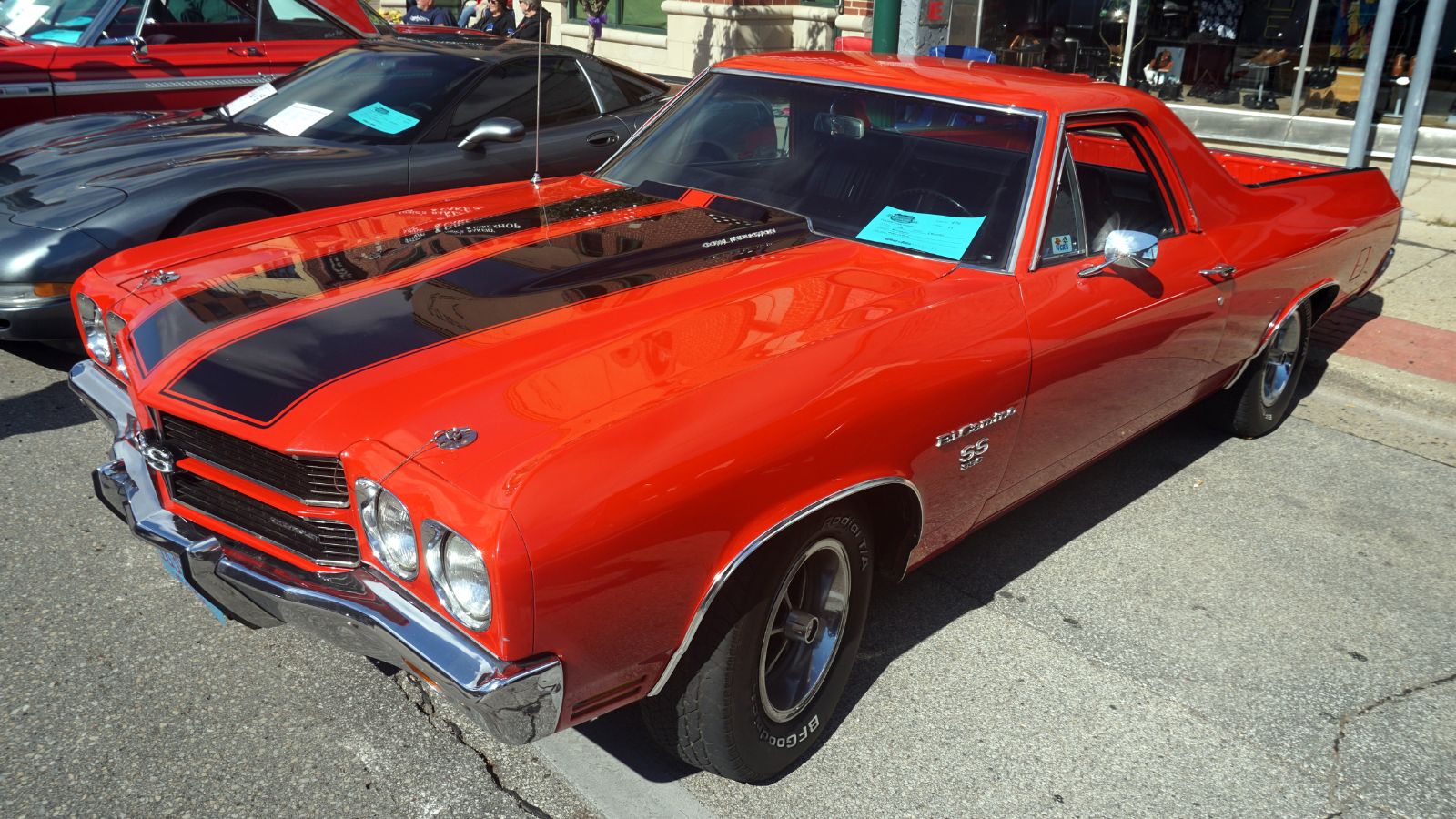
One of the biggest obstacles in reviving the El Camino is modern safety standards. The old design was essentially a car with a bed, which would not pass today’s crash tests without massive re-engineering. Adding the reinforcements needed would likely ruin the light, low-slung character that made the El Camino appealing in the first place. Building a modern version that complies with regulations would mean essentially starting from scratch, making it less of a revival and more of a completely new model.
The Business Case Problem
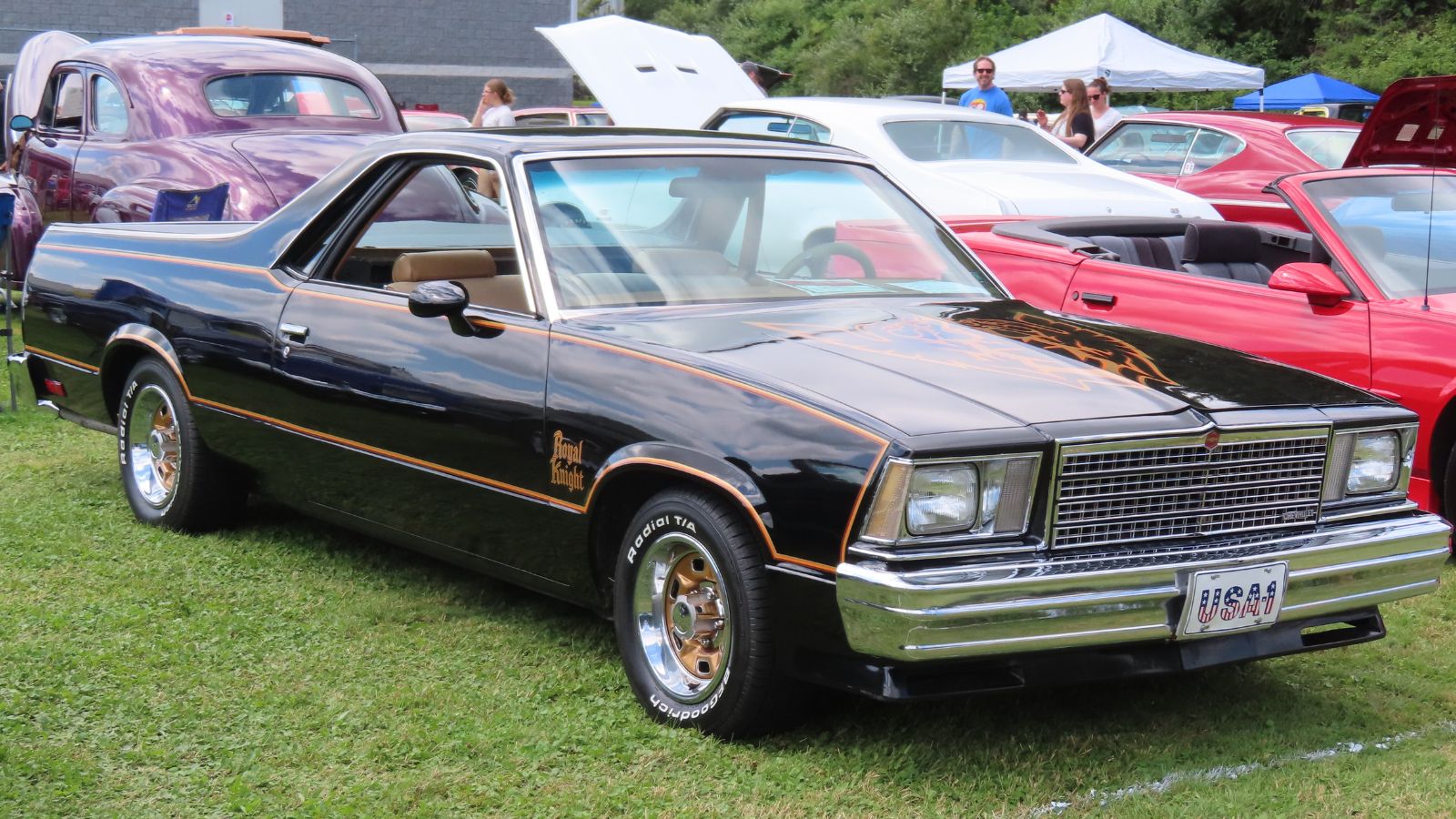
Car companies today are laser-focused on profits, and niche vehicles like the El Camino are hard to justify. GM would need to invest millions to create a new platform or heavily adapt an existing one, all for a vehicle that would sell in small numbers. Unlike in the past, when quirky models could survive alongside big sellers, today’s industry is too competitive and too expensive for that kind of gamble. Simply put, an El Camino revival would not make financial sense compared to SUVs and electric trucks that appeal to a broader market.
Pickup Trucks Have Evolved
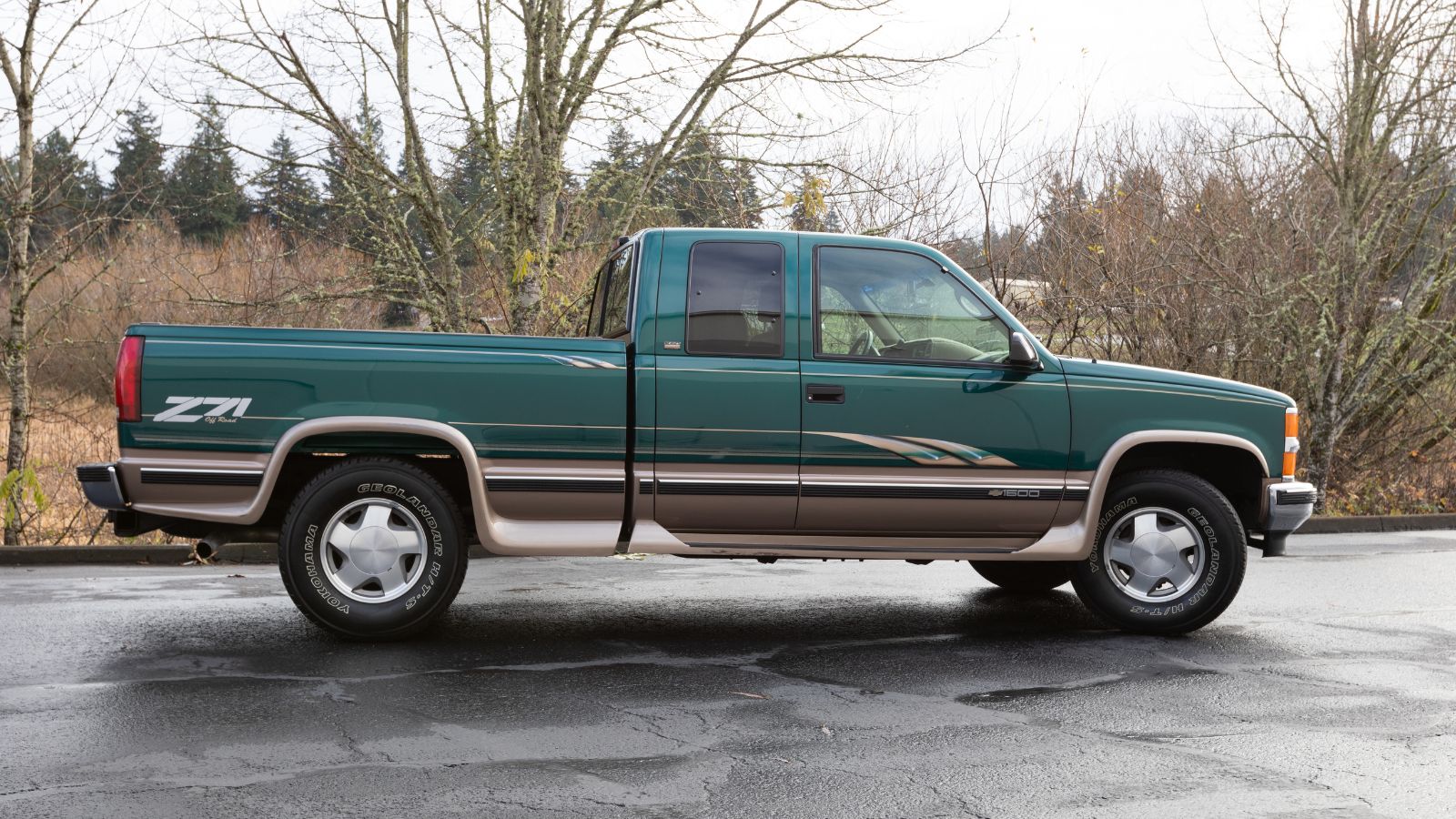
When the El Camino was on the market, pickup trucks were simple workhorses, and a car-based utility vehicle filled an important gap. Now, trucks like the Silverado, F-150, and Ram are available in every size and luxury level imaginable. Buyers can already get sporty trims, leather interiors, and massive engines in trucks that are as comfortable as cars. That leaves little need for a half-car, half-truck like the El Camino. The niche it once filled has been completely absorbed by the modern pickup.
Competition From Within GM
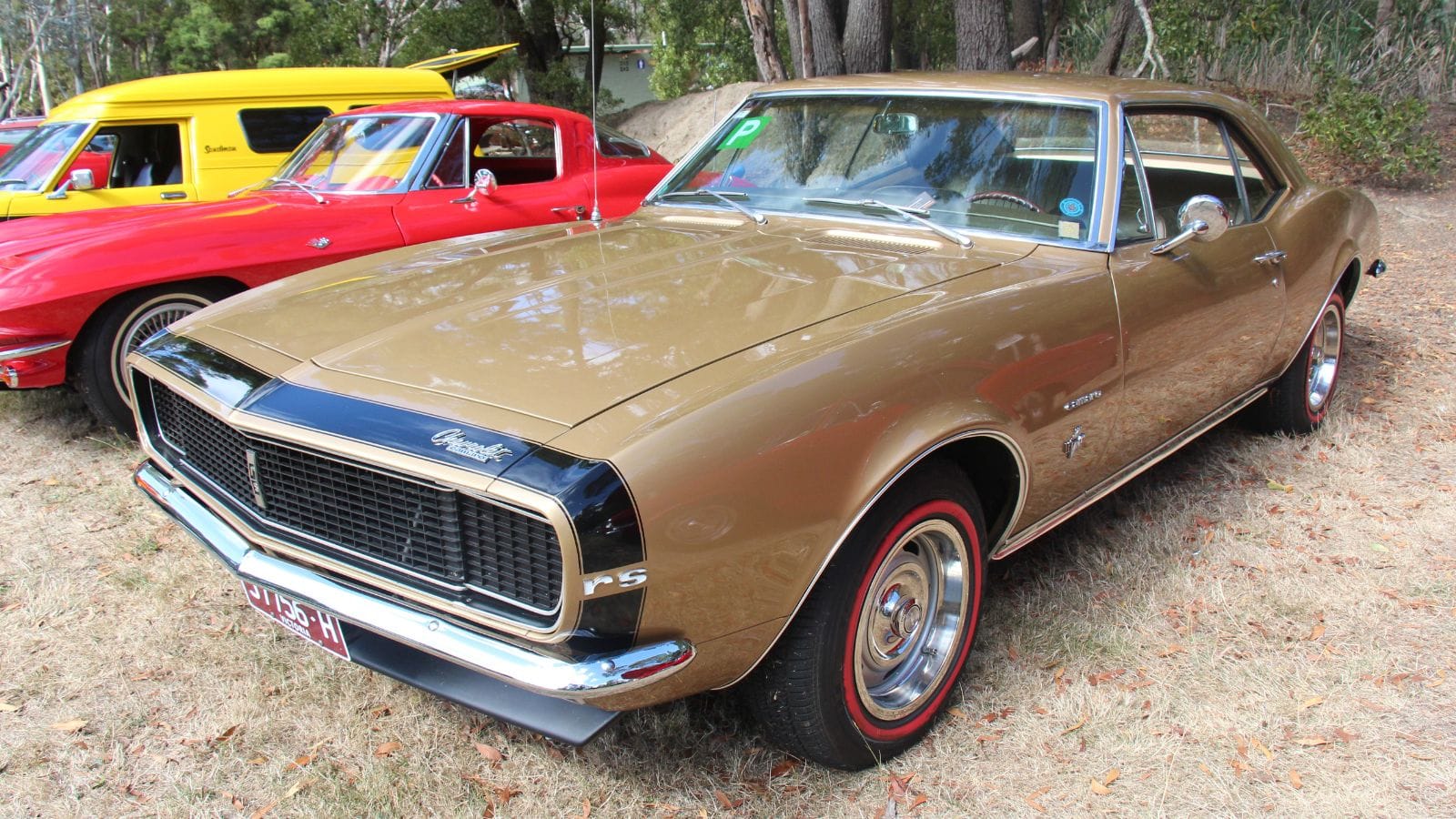
If GM did want to build a new El Camino, what would it be based on? A Camaro with a bed? That would risk stealing sales from the Camaro itself. A smaller car-based pickup? That would go head-to-head with the Colorado or even the GMC Canyon. GM has no shortage of vehicles that already cover these roles. The El Camino would not bring in new buyers, it would simply split sales from existing models. Automakers avoid cannibalizing their own lineup, and that is exactly what a new El Camino would do.
The Rivalry With the Ford Ranchero
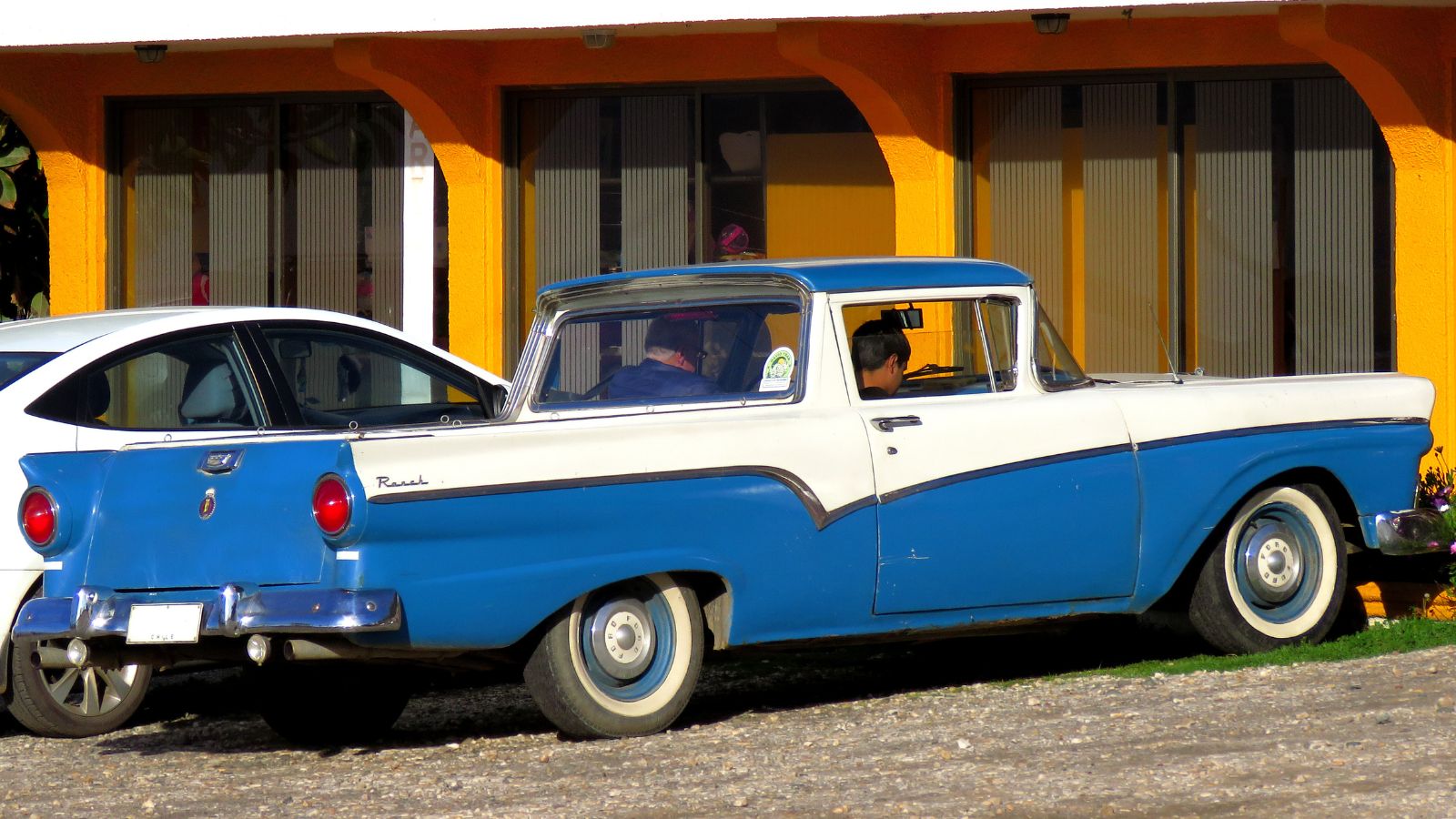
One of the reasons the El Camino has lived on in memory is because of its long rivalry with the Ford Ranchero. Ford launched the Ranchero in 1957 as a practical, car-based hauler, but when Chevrolet answered with the El Camino, it turned into an arms race. By the late 1960s, the El Camino was offered with Chevelle SS muscle power, while the Ranchero borrowed from the Torino lineup. Enthusiasts debated endlessly about which was better. Ultimately, both models faded away, but the El Camino’s connection to the golden era of muscle kept its legend alive, while the Ranchero became more of a historical footnote.
The Rise of Electric Vehicles
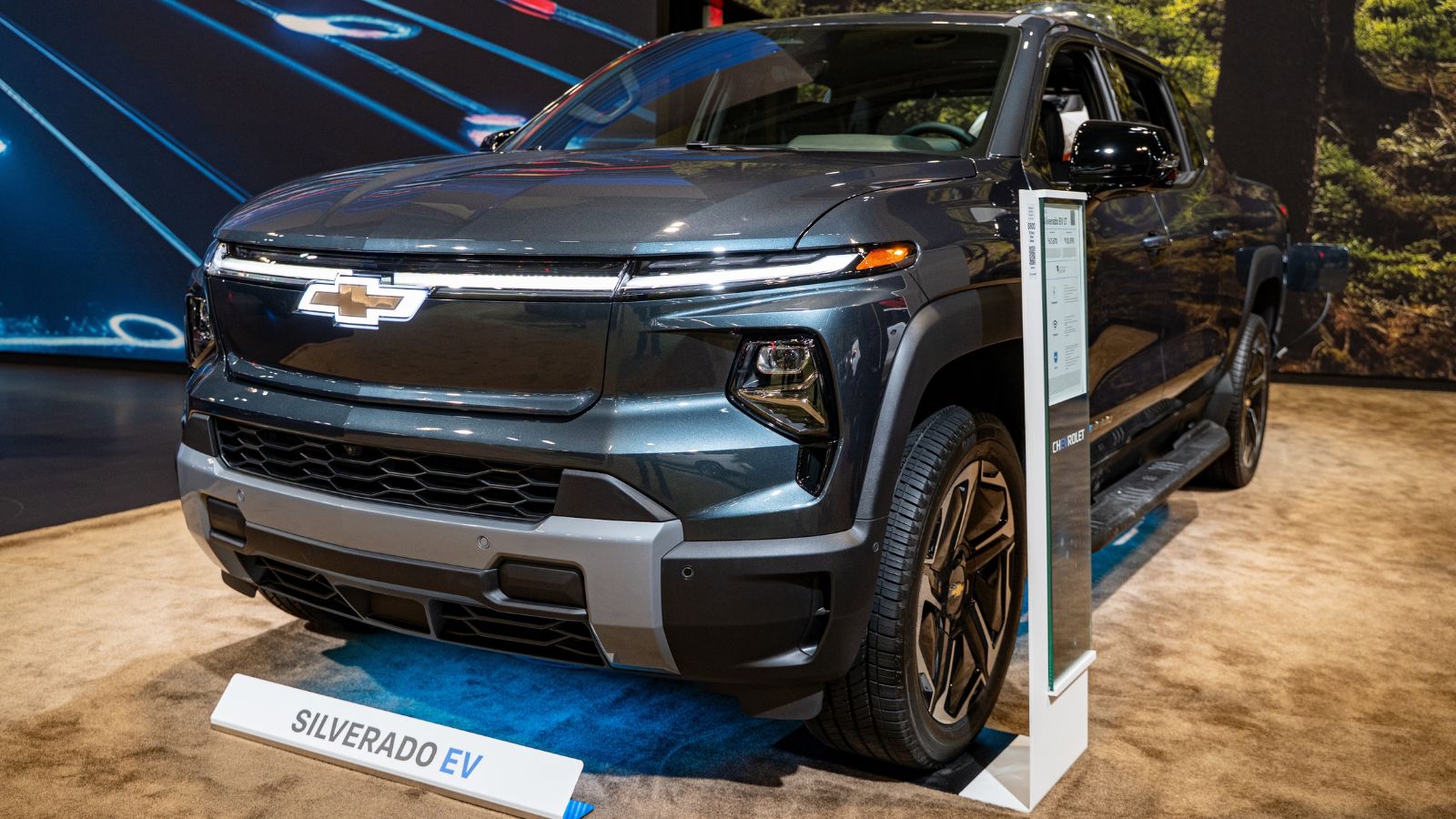
GM is putting all of its chips on electric vehicles for the future. The company has announced massive investments in models like the Silverado EV, the GMC Hummer EV, and the upcoming Cadillac electric lineup. A quirky, retro-styled El Camino does not fit into that roadmap. Even if it were electric, it would be a distraction from GM’s push to establish dominance in a market that is already extremely competitive. GM sees its future in battery power, not nostalgia projects.
Why Enthusiasts Still Hope
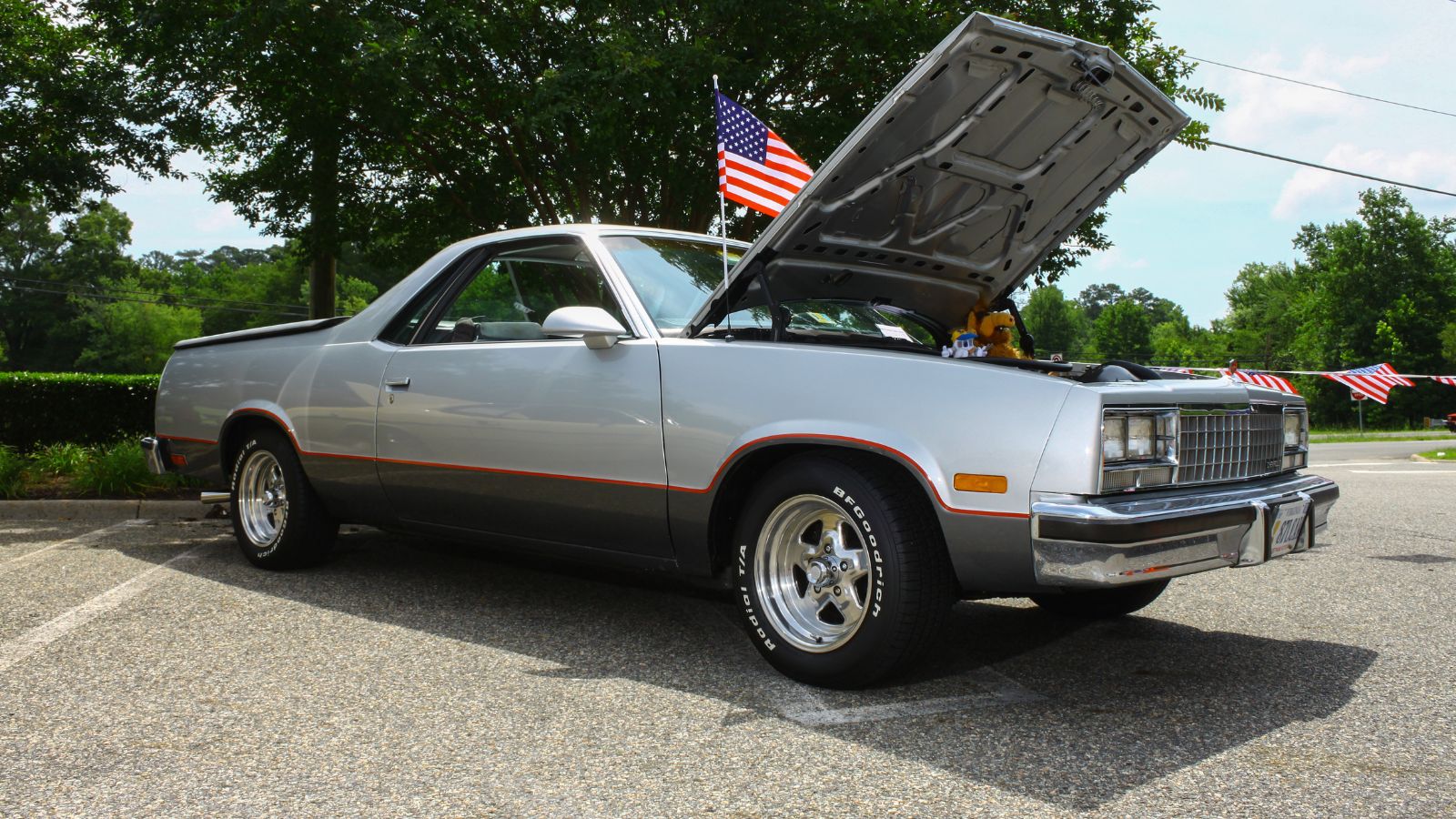
Despite all the reasons against it, the El Camino still has a strong fan base. Custom shops and restomods keep the legend alive, and shows are packed with well-kept examples. There is an undeniable appeal to the idea of a modern El Camino with a powerful V8 or even an electric drivetrain. Enthusiasts hope that one day GM will surprise everyone with a limited run, but the reality is that the company is unlikely to divert resources to a vehicle that makes more sense in our hearts than on the balance sheet.
The Bottom Line
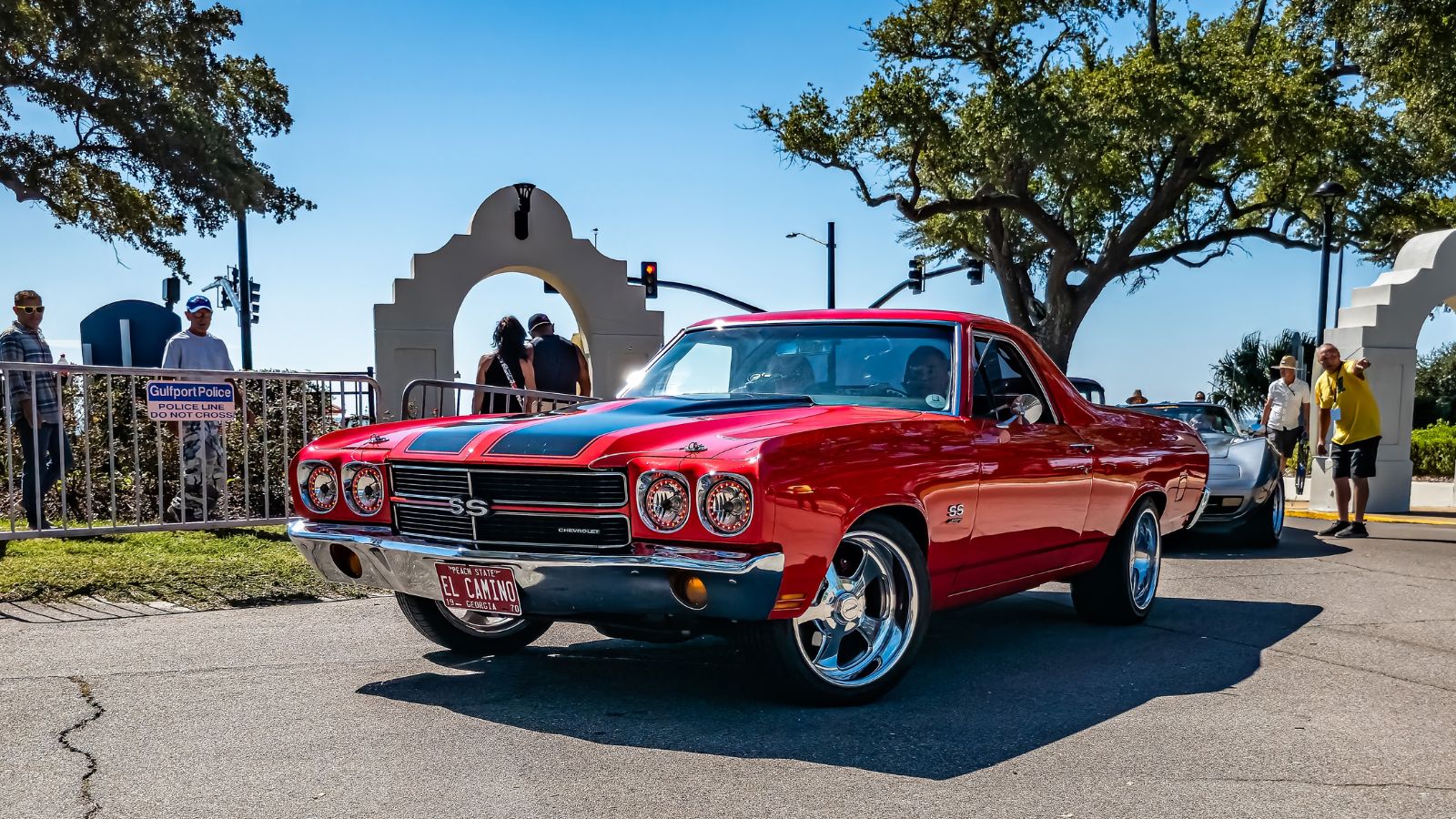
The El Camino represents an era when automakers could afford to take risks and play with bold ideas. It was equal parts muscle car, work truck, and cultural statement. Today’s market is tougher, regulations stricter, and profit margins thinner. While enthusiasts may dream of a new El Camino tearing down the street, GM has moved on to trucks, SUVs, and EVs that deliver the sales numbers needed to survive. The legend of the El Camino lives on, but only in history, in collectors’ garages, and in the memory of those who know that once upon a time, a car could be a truck and still be the coolest thing on the road.
25 Facts About Car Loans That Most Drivers Don’t Realize

Car loans are one of the most common ways people fund car purchases. Like any other kind of loan, car loans can have certain features that can be regarded as an advantage or a disadvantage to the borrower. Understanding all essential facts about car loans and how they work to ensure that you get the best deal for your financial situation is essential. Here are 25 shocking facts about car loans that most drivers don’t realize:
25 Facts About Car Loans That Most Drivers Don’t Realize
